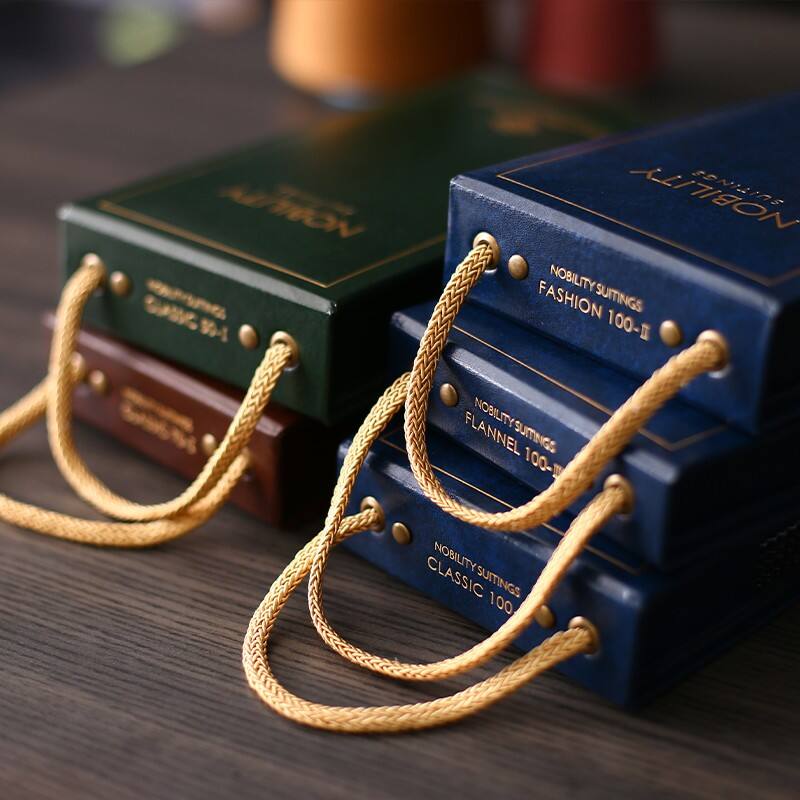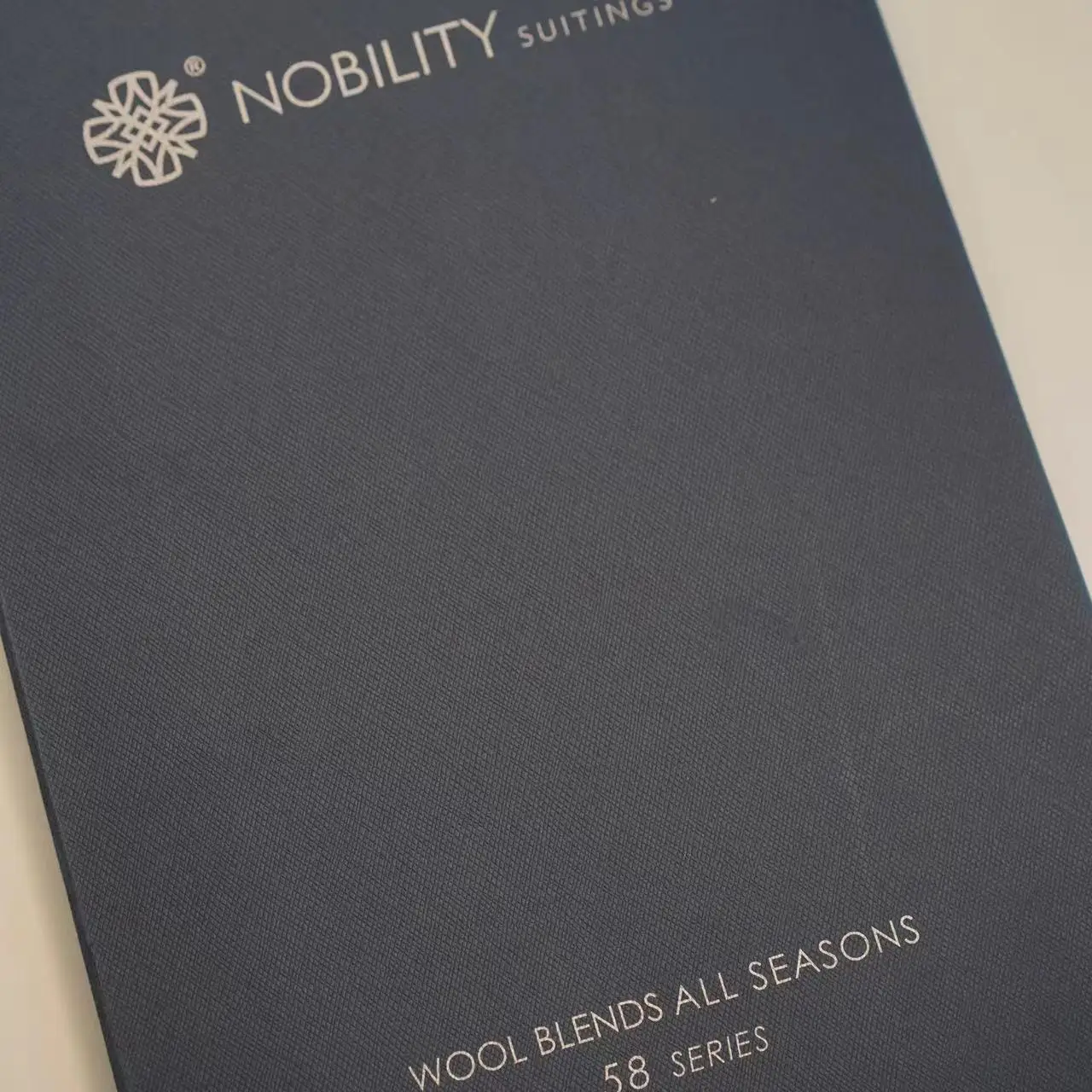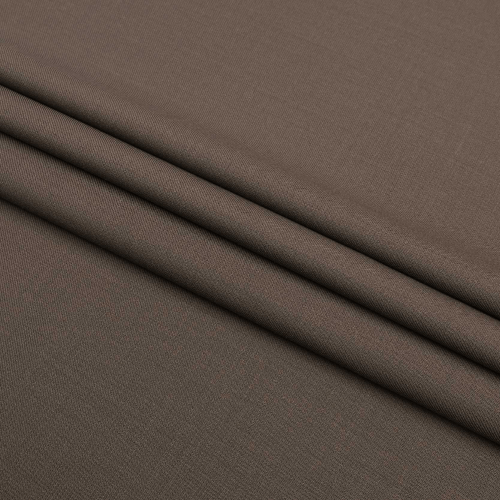cutting length for pure wool textiles
The cutting length for pure wool textiles represents a critical parameter in the textile manufacturing process that directly influences the final product's quality and characteristics. This measurement typically ranges from 30mm to 200mm, determining the fiber's versatility and application potential. The cutting length affects various aspects of wool processing, including spinning efficiency, yarn strength, and fabric texture. Modern textile machinery employs precise cutting mechanisms to achieve consistent fiber lengths, ensuring uniform quality across production batches. The technology behind cutting length optimization involves sophisticated sensors and computer-controlled systems that maintain accuracy within fractions of a millimeter. This precision is essential for producing high-quality wool products, from luxurious apparel to industrial textiles. The cutting length also influences the wool's performance characteristics, such as thermal insulation, moisture-wicking properties, and durability. Manufacturers can adjust the cutting length to meet specific end-product requirements, whether creating fine merino wool garments or robust carpet fibers. The process requires careful consideration of factors like fiber diameter, crimp, and intended application to determine the optimal cutting length.








